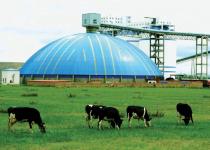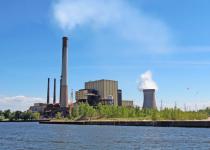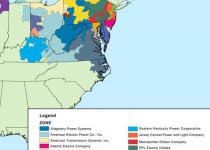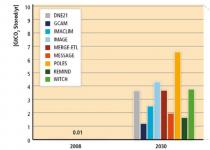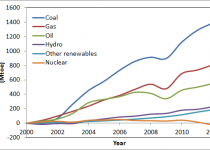By Armond Cohen
Executive Director, Clean Air Task Force
Most of my thirty-year professional career as an environmental organization lawyer and then environmental group CEO has been focused on reducing the environmental impact of the global energy system. Yet much of the last ten years of my career has been focused on demonstrating and deploying coal power generation technologies utilizing carbon capture and storage (CCS). What’s wrong with this picture?

